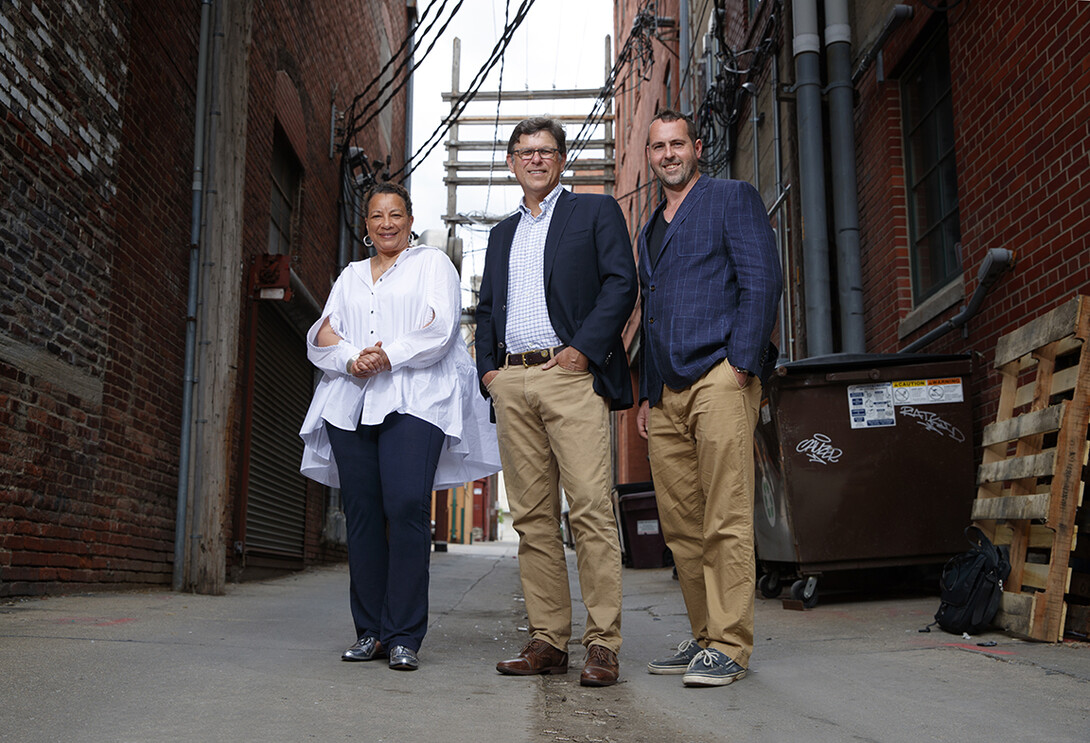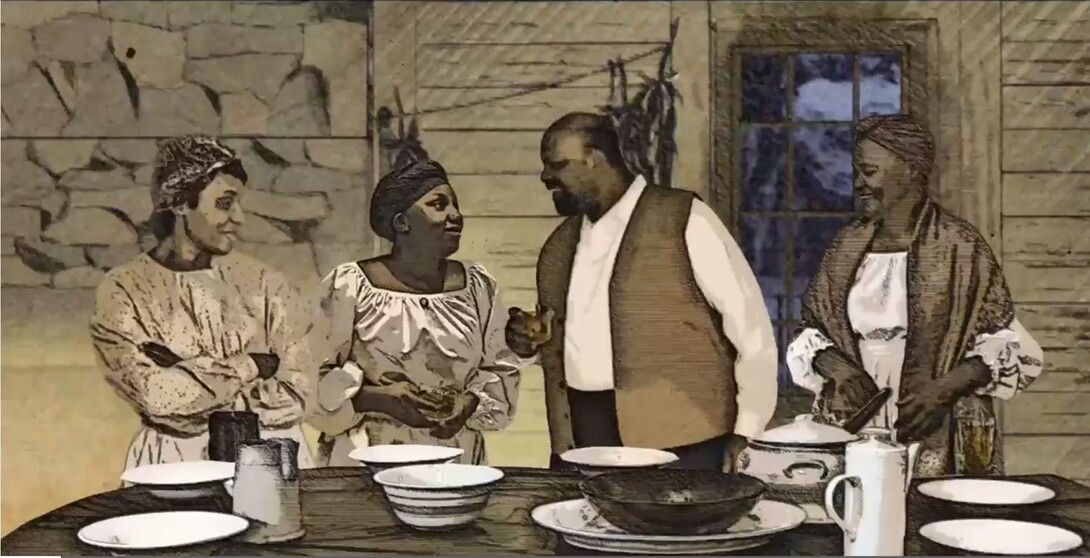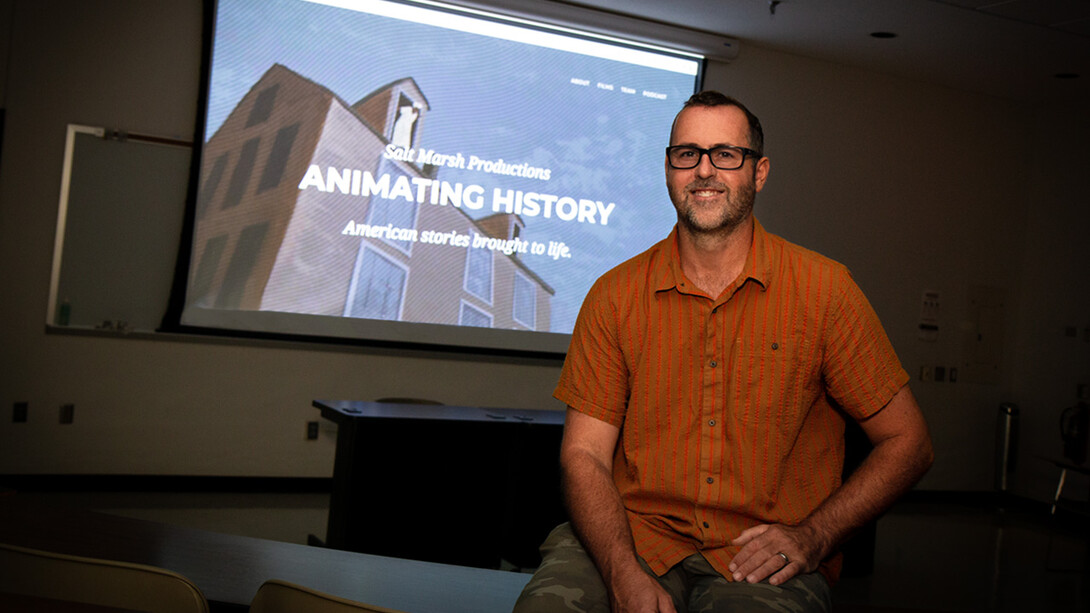
A team of Nebraska researchers is working with high school teachers to share stories from the past and connect them to the larger historical narrative of America through animation and film.
The project, “Animating History,” takes an interdisciplinary approach to advance knowledge in areas no single discipline can achieve on its own.
Funded by an Office of Research and Economic Development Layman Seed Award, the project’s research team includes Michael Burton, assistant professor of art and design in the Department of Textiles, Merchandising and Fashion Design, and director of the Robert Hillestad Textiles Gallery; Kwakiutl Dreher, associate professor of English; and William Thomas, Angle Chair in the Humanities, professor of history and associate dean for research and graduate education in the College of Arts and Sciences.
Burton, Dreher and Thomas have collaborated to produce three films: a short, “Anna,”, and “The Bell Affair,” a feature-length film, which are completed; and “The Diary of Michael Shiner,” which is in production and scheduled to be finished this fall.

“The Bell Affair” is now in national distribution through NUtech Ventures and Random Media in a 10-year worldwide agreement.
Using their Layman funding, researchers are working with 12th-grade teachers at Lincoln Public Schools and Episcopal High School in Virginia to create an open-education resource for students who want to create history-based films. Students will use the “Animating History” framework to understand historical topics and create films of their own using the latest history scholarship. The team will also transfer their current website to the Center for Digital Research in the Humanities.
“There are so many amazing stories out there we don’t get to hear, or don’t know about,” said Burton, a CYFS research affiliate. “Through this project, we’re able to tell those stories by sourcing from history, using historical figures’ own voices.”

Maggie Elsener, an arts and humanities teacher, and Sally Hunt, an English teacher in Lincoln Public Schools, are teaming up to write a curriculum this fall to implement in their classrooms in spring 2024. Mike Reynolds, history teacher at Episcopal High School in Alexandria, Virginia, will apply some of his curriculum this fall, then modify it for use in spring 2024.
Once curricula are implemented, student work will vary depending on their academic focus. History students will write reflective papers using the film as a resource to study history. New media students will produce rough animations. English students will write screenplays and create a mood reel — a trailer built from existing film clips that conveys the project’s tone.
Students will use the same process Burton and his team use to make their films, beginning with conducting exhaustive research on a specific topic and consulting with historians while they develop their film ideas.
Burton is eager to see how students interpret his filmmaking pipeline to create their own historical animated history.
“I’ve heard from students who job shadow me who are into history, animation, filmmaking and storytelling, who are interested in doing this,” he said. “To see them go from, ‘I want to make this thing,’ to actually doing the work it takes to make an animated film — that’s very satisfying.”
A hands-on approach has worked well for Burton. For example, in his Visualization Studio class last year, students created mood reels based on historical sources, or from their own experiences. They learned to find a trustworthy source, create a short screenplay and create a narrated reel.
Student feedback Burton received helped inform and refine the Animating History project.
“I’ll show some of the benchmark examples and let the students get the creative ball rolling,” he said. “Students see versions, and they say, ‘I can do that better.’ The process is abstract until they see it, but once we get the examples back, we see the proliferation of animating history in students.”
Eventually, Burton said, the goal is national distribution of the curriculum and broader student engagement through funding from a larger grant from the National Endowment for the Humanities and the Department of Education.







